Molecular Diagnostics
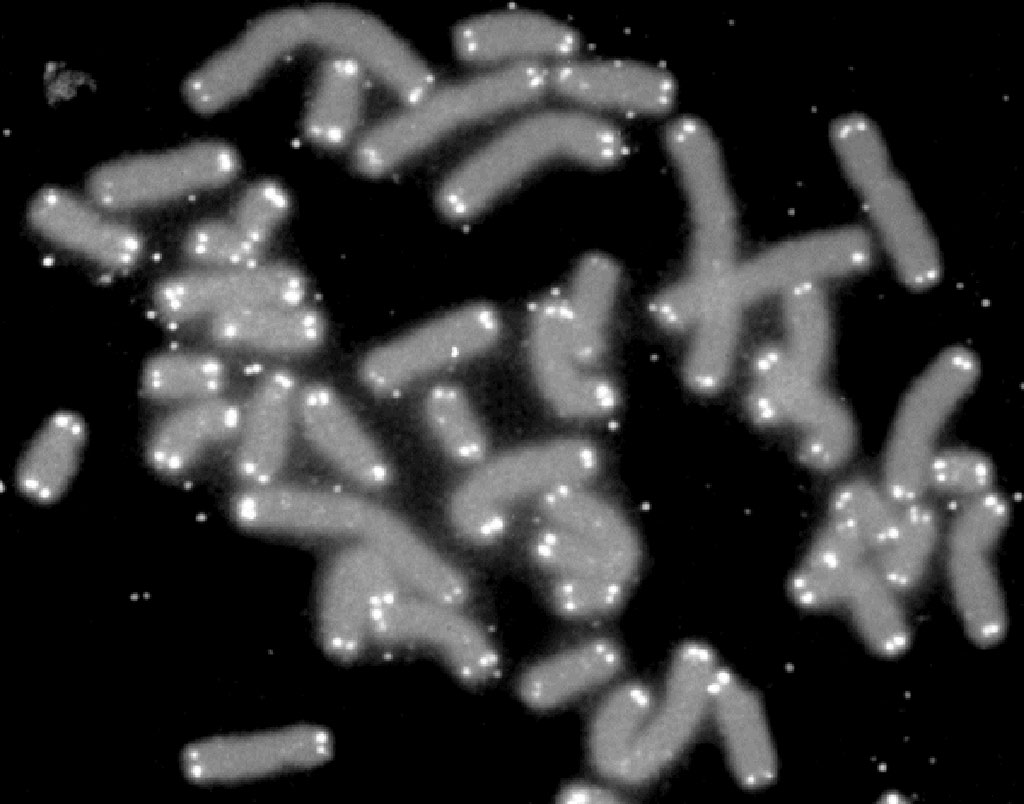
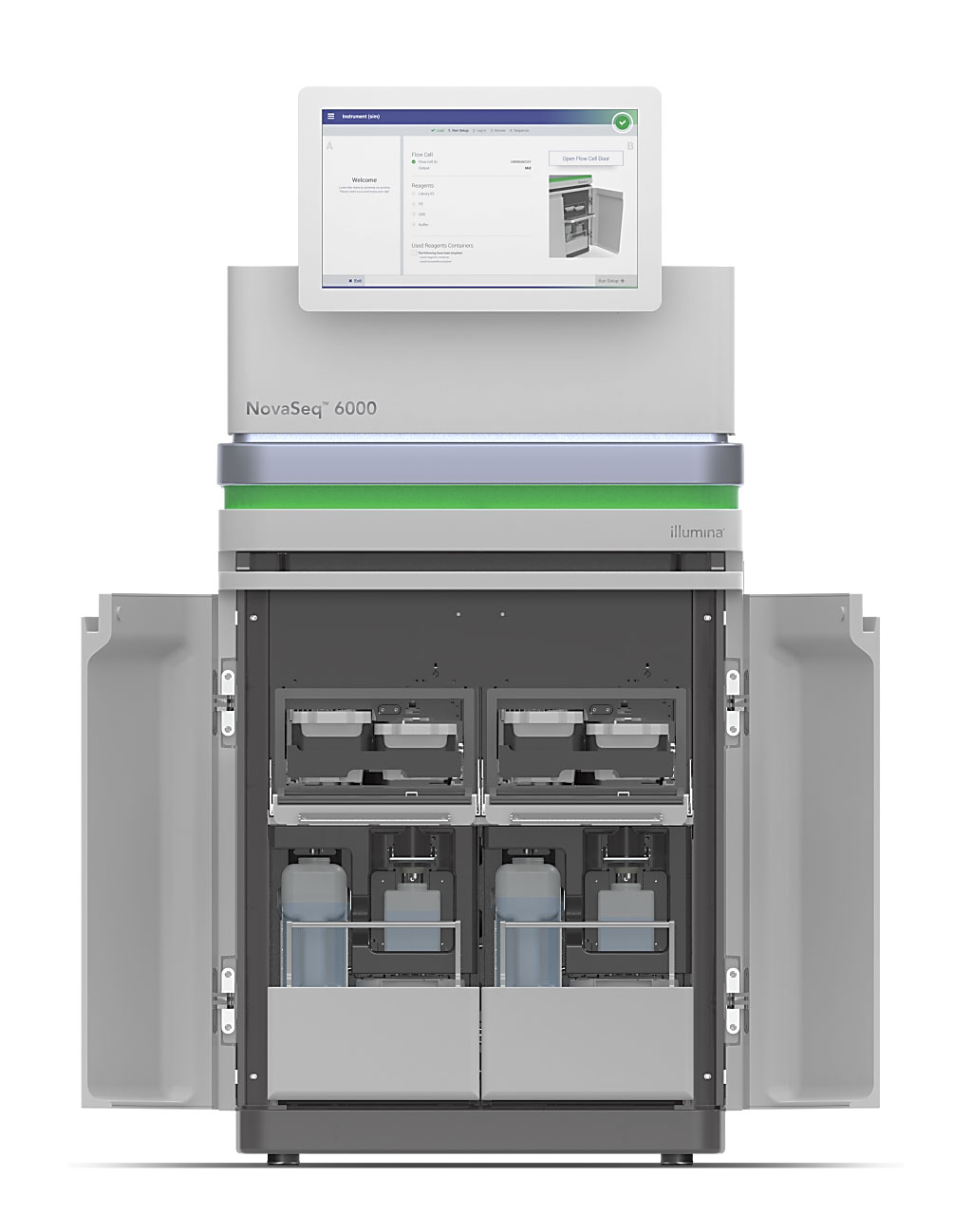
Genome Sequencing More Informative than Cytogenetic Analysis in Myeloid Cancers
Genetic profiling is a routine component of the diagnostic workup for an increasing number of cancers and is used to predict clinical outcomes and responses to targeted therapies. Genomic analysis is essential for risk stratification in patients with acute myeloid leukemia (AML) or myelodysplastic syndromes (MDS). More...24 Mar 2021
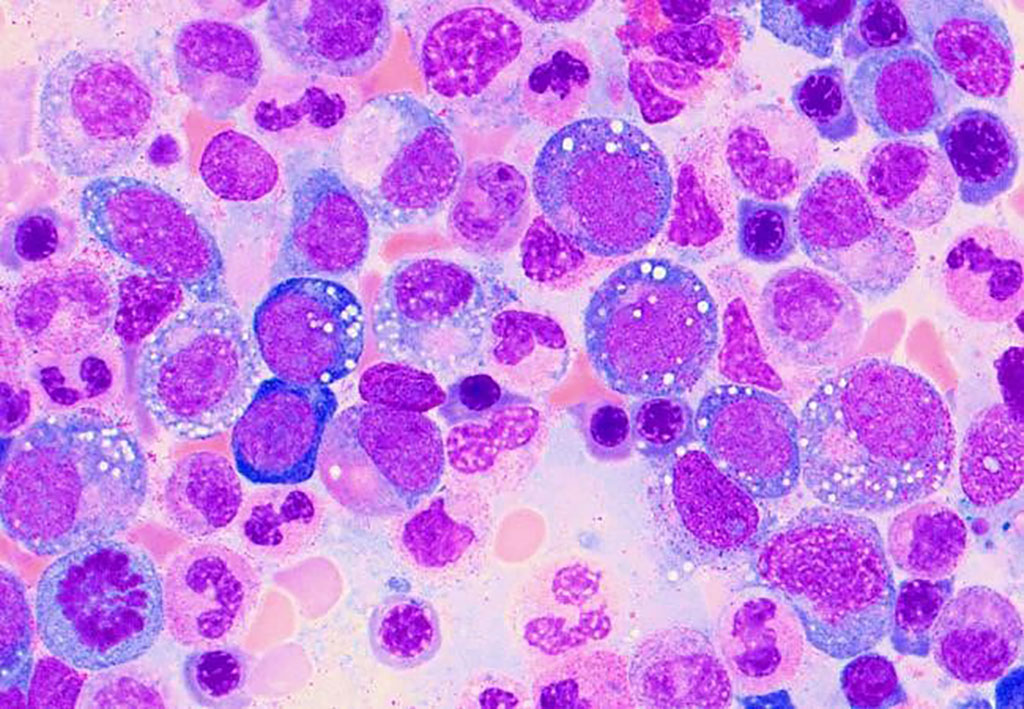
Genetic Mutations Identified for Rare VEXAS Syndrome
VEXAS syndrome is a serious inflammatory condition which develops in men over 50, causing them to become very sick and fatigued, and can be fatal. It was originally thought to be rare, but a new study has identified genetic mutations which indicate that the disease is actually much more common. More...23 Mar 2021
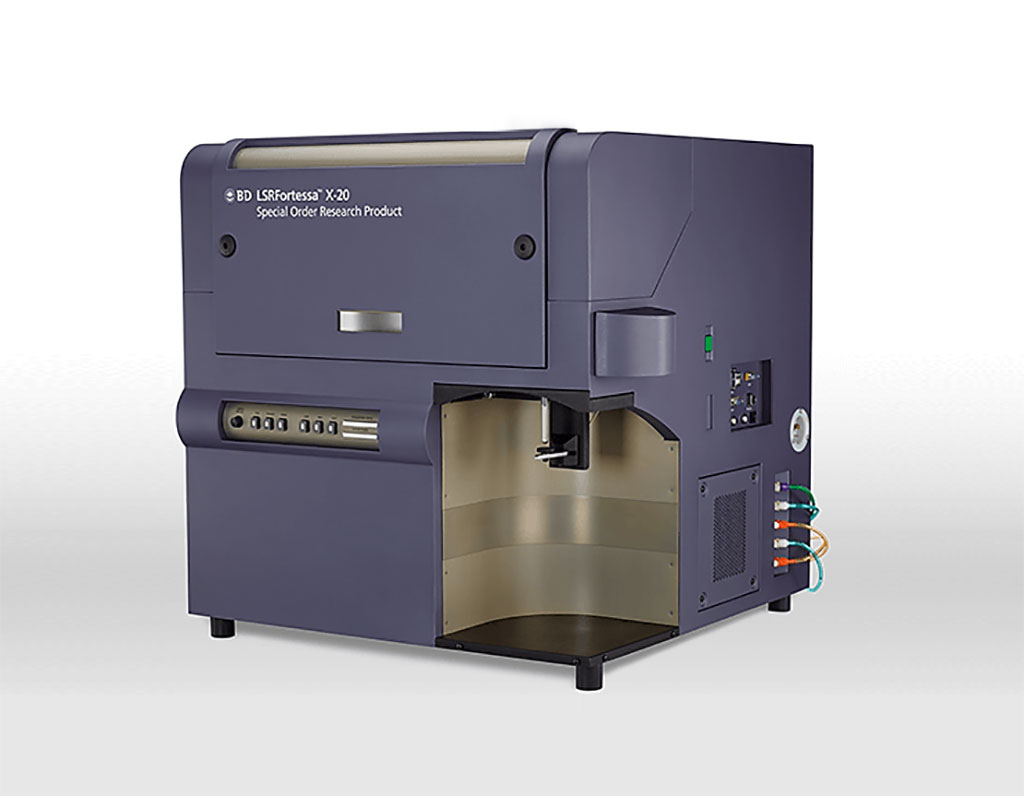
Immune Cells in Cerebrospinal Fluid Predict Response to Immunotherapy
Immune checkpoint inhibitors including anti-PD1, anti-PD-L1, and anti-CTLA4, have shown significant clinical benefits in patients with progressive or metastatic solid tumors, including some brain metastasis. Notably, these immune-based therapies have improved outcomes for some of those suffering from lung cancer and melanoma. More...22 Mar 2021
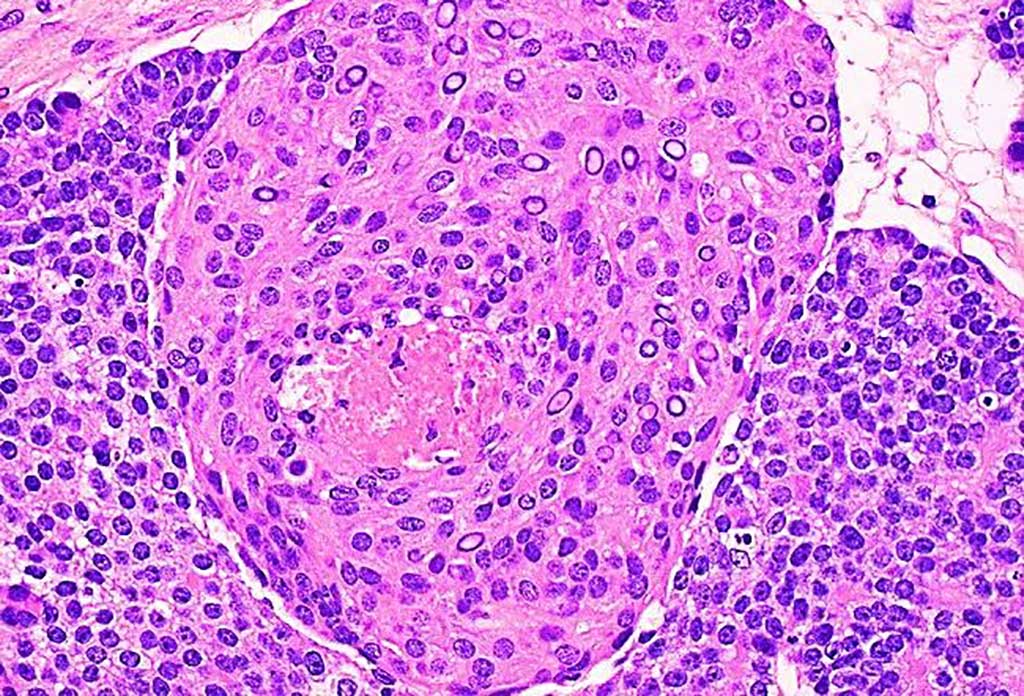
Pediatric Pancreatic Cancer Diagnosed from cfDNA Fragments in Urine
Although rare, pancreatoblastoma is the most common pancreatic tumor of young children. Carcinoma of acinar cell origin has rarely been reported in older children. Ductal adenocarcinoma and its many variants are the most common pancreatic tumors in adults, but these are exceedingly rare in children. More...17 Mar 2021
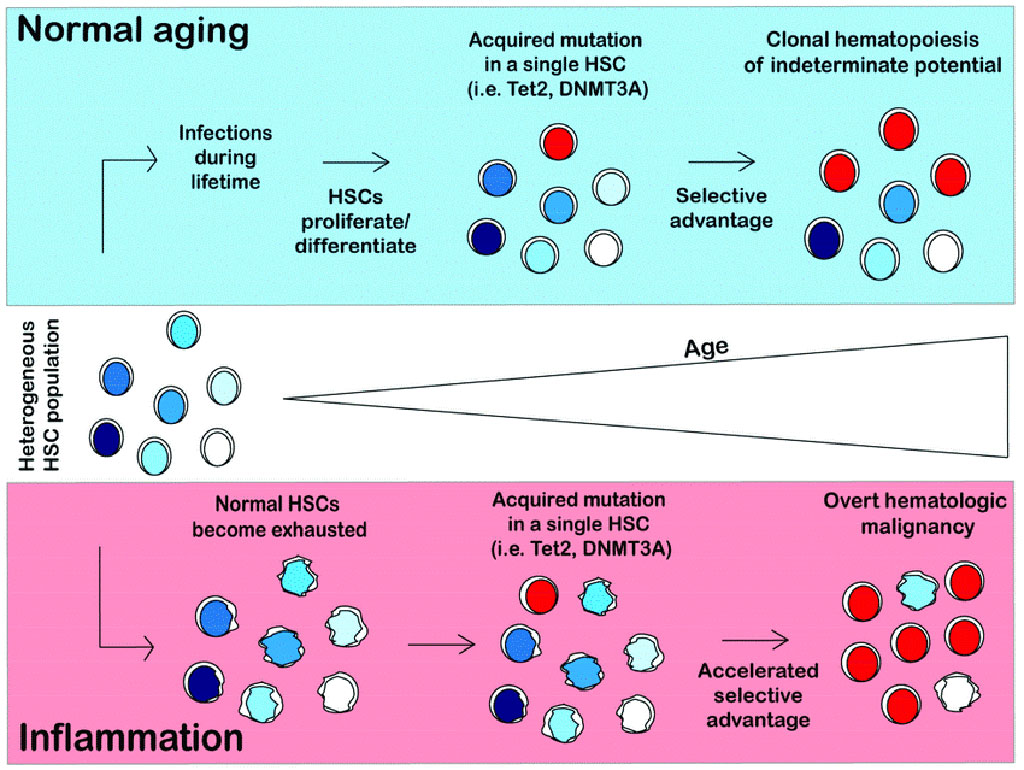
Clonal Hematopoiesis and Recurrent Mutations Identified in Blood Cancers
Clonal hematopoiesis of indeterminate potential (CHIP) is characterized by detectable hematopoietic-associated gene mutations in a person without evidence of hematologic malignancy. Somatic mutations at hotspots (genetic loci observed to be frequently mutated across cancer patients) often drive or contribute to cancer pathogenesis. More...16 Mar 2021
In Other News
Liquid Biopsy Technique Detects Circulating Tumor Cells in Patients with Non-Small Cell Lung Cancer
Analysis of Urinary Exosome RNA Can Diagnose Kidney Transplant Rejection
Whipple’s Disease Pathogen Found in International Diarrhea Patients
Five Genes Help Predict Lewy Body Dementia
Low Lymphocyte Counts Linked to More Severe Sarcoidosis Inflammation
Childrens’ Urinary MicroRNAs Predict Future Development of Heart or Kidney Diseases
Clinical Germline Testing Evaluated for Pediatric Cancer Patients
Genetic Risk of Inflammatory Bowel Disease Appears Distinct in African Americans
ctDNA Provides Prognostic Clues in Advanced BRAF-Mutated Melanoma Cases
Rapid Lateral Flow Assays Detect COVID-19 Variants and Differentiate COVID-19 from Other Respiratory Viral Diseases
Elevated Plasma Levels of Glial Fibrillary Acidic Protein Indicate Increased Alzheimer’s Risk
Pulse-Controlled Amplification Tested for Infectious Disease Diagnostics
22-Gene Genomic Classifier Validated in Recurrent Prostate Cancer Patients
Plasma or Urine Liquid Biopsy Tests May Guide Colorectal Cancer Treatment
Proteogenomic and Metabolomic Studies Characterize Human Glioblastoma
Study Confirms Value of the MyProstateScore Urine Test for Prostate Cancer Screening
Next Generation Sequencing Finds More Gene Mutations for Leukemia
Exome Sequencing Identified Pathogenic Variants in Cerebral Palsy Patients
Analysis of Cell-free DNA in the Blood May Replace Examination of Biopsy Specimens for Disease Diagnosis
NanoString Technology Modernizes Liposarcoma Diagnostics
TFP Inhibitor Levels Elevated in Bleeding Tendency Patients
Prolonged Maternal Zika Viremia Evaluated for Adverse Perinatal Outcomes
Early Plasma Biomarkers Discovered for Alzheimer's Disease
Genetic Testing channel of LabMedica brings the latest in molecular genetics, cytogenetics, and epigenetics, and methods from PCR to FISH, and more.










